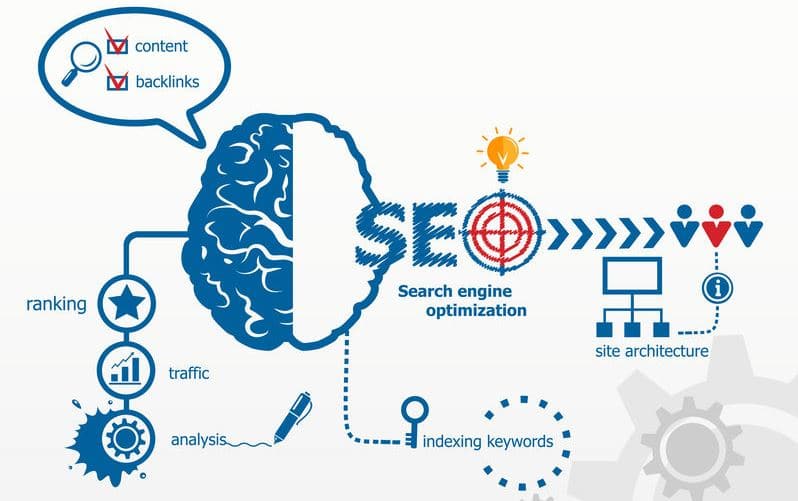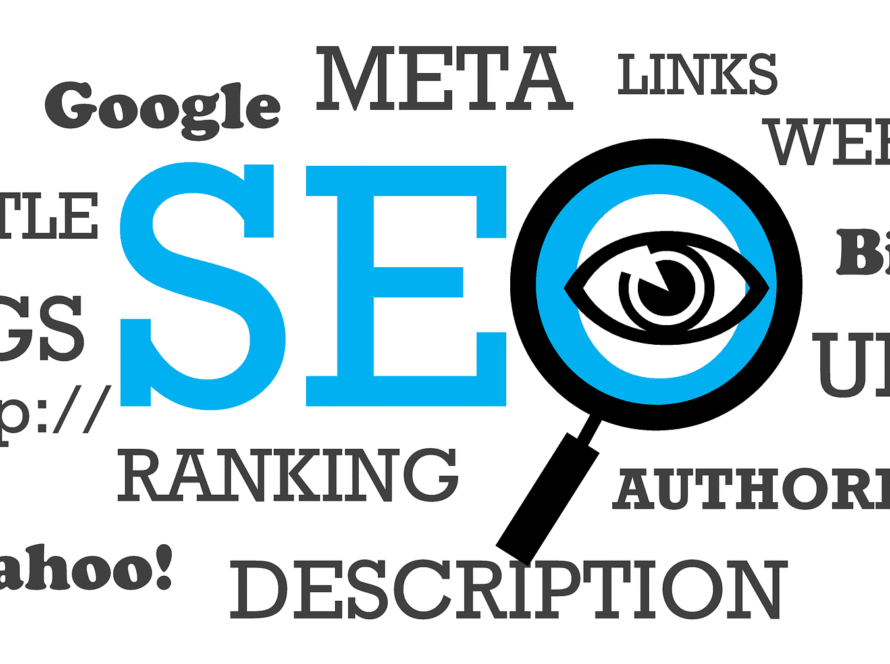Retargeting, even though put into effect relatively recently, became one of the most desirable tools in digital marketing if you are looking to turn one-time visitors into loyal consumers or clients. It is designed for successful marketing campaigns especially if they are of larger scales and can be applied to many websites and online platforms.
If you know that just about 2 percent of people who visit your web store for the first time indeed convert to customers, it is easier to understand why retargeting means so much to the world of e-commerce. The strategy uses the information your visitors leave when they browse your website, to generate personal ads that will later remind them of what they were looking for.
Once they bounce from your website without buying anything, these reminders will pop up – much like a virtual Post-It note – so they can come back just by clicking on the ad. Through a well thought out marketing process, you can collect immense revenue in both product or service sales and website traffic.
Retargeting uses bits of code implemented into the very website to collect data and use it for commercial purposes. SEO gains a lot from the applicability of retargeting, as it gets much easier to optimize a website this way in a more organic way. This code most often comes in three popular formats: JavaScript tags, retargeting pixels (one of them being the coveted Facebook Pixel), and website code snippets. These are made to ensure the best results in the retargeting type of your choice.
In our detailed, visually stunning infographic down below, we want to inform you more about this rising star in the world of digital marketing. To catch your attention, we chose a couple of the most important ones. Let’s get into it.
Editor’s Choice: Retargeting In 2019, In Numbers
In the opinion of more than 46 percent of global marketing experts, retargeting is the single most underused and understated, yet auspicious tool in the industry of digital marketing.
Just by applying retargeting and running it regularly, Instagram will have managed to collect more than 10 billion American dollars by the close of 2019.
There are a lot of smartphone apps that chose to follow Instagram in these terms, and their annual revenue in traffic and sales continues to rise by 63 percent on average. Those that do not see a rise of 43 percent at most.
[bctt tweet=”SEO is largely influenced and benefitted by retargeting.” username=”relevance”]
Even though web optimization looks for a rather organic approach to gaining traffic, retargeting can be useful in terms of collected traffic and finding out what makes your website and products more appealing.
More than 12 percent of the marketing workforce picks retargeting as their favorite tool to attract customers and make them brand loyalists. Brand popularity is an extremely important asset, and these marketers choose to gain it through retargeting.
It is, however, not for everyone. Some 11 percent of surveyed consumers said they did not enjoy getting retargeted. 59 percent remained neutral, and about 30 percent said they did not mind getting retargeted.
There are five most applied types of retargeting, invented by marketers who had to think of ways to approach all people who use the internet. Not everyone can be retargeted through search and website visiting, but via social media and emails, too. Let’s brush over them.

Search Retargeting
Search Retargeting is the single most popular retargeting form, and it is what you first think of when someone mentions the term ‘retargeting’. Keywords and common phrases that are most often looked up are its main focus. Using these, retargeting generates ads based on previous searches, and presents them to potential customers.
SEO and SEM Retargeting
SEO and SEM Retargeting is also keyword-sensitive but remains focused on properly applying these keywords and seeing which ones are most likely to bring potential customers to your website or web store. Afterwards, through this, you get to see how you can bring the customers back more easily.
Email Retargeting
Email Retargeting is also an essential retargeting format, as it collects traffic info based on previously sent or received emails. Once you apply the most proper way of email retargeting, you can bring the customers back through emails too.
[insert page=’10-best-premium-seo-tools-to-boost-your-traffic-in-2020′ display=’single-related-article.php’]
Site Retargeting
Site Retargeting focuses on people who are already on your web store or website and is a bit trickier. Namely, the main task of this retargeting model is to figure out what your potential customers want based on their activity when browsing your website. Some of the best tools to choose here include dynamic subscription, upsell, and product recommenders, as they make the job much easier.
Engagement Retargeting
Last but not least, Engagement Retargeting is another retargeting model that is most commonly applied to web pages using video and flash format. Facebook is famously using the model to retarget based on its users’ engagement in likes, shares, and comments, creating audiences of customers for specific products and services.
Overall, a good piece of advice is – do not just consider using retargeting for your business or brand but go ahead and start using it as soon as possible. The method is rapidly gaining momentum and can bring you and your products or services to the very top in your industry. Stay as informed as possible, as retargeting will most certainly become a trend in digital marketing. That said, let’s read along.








